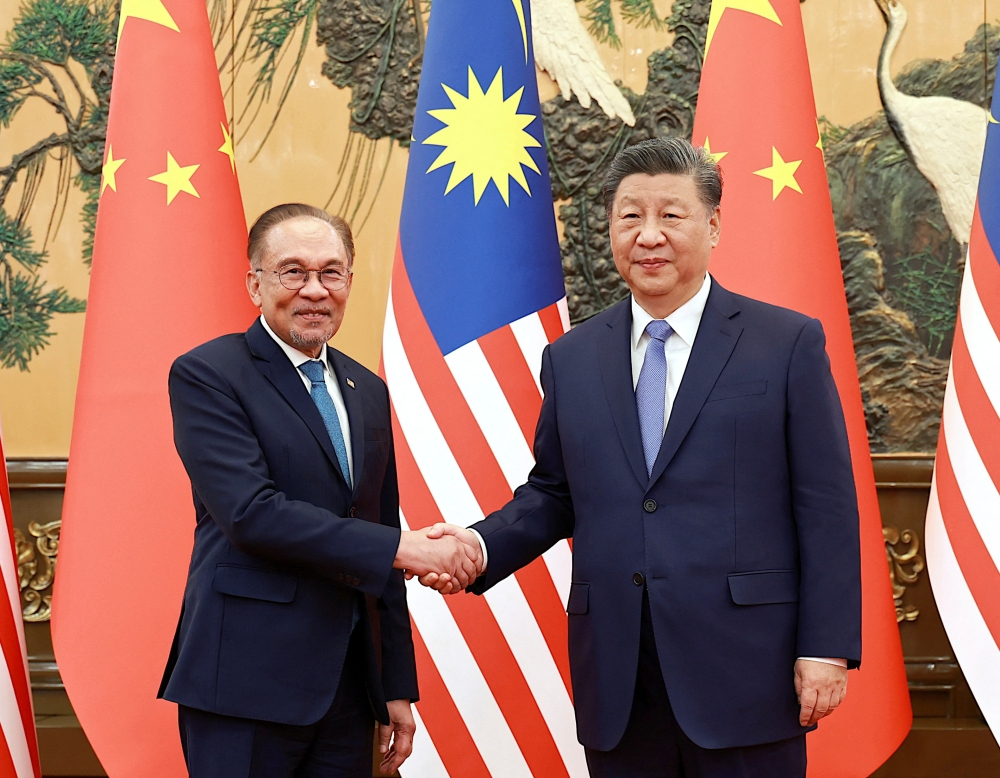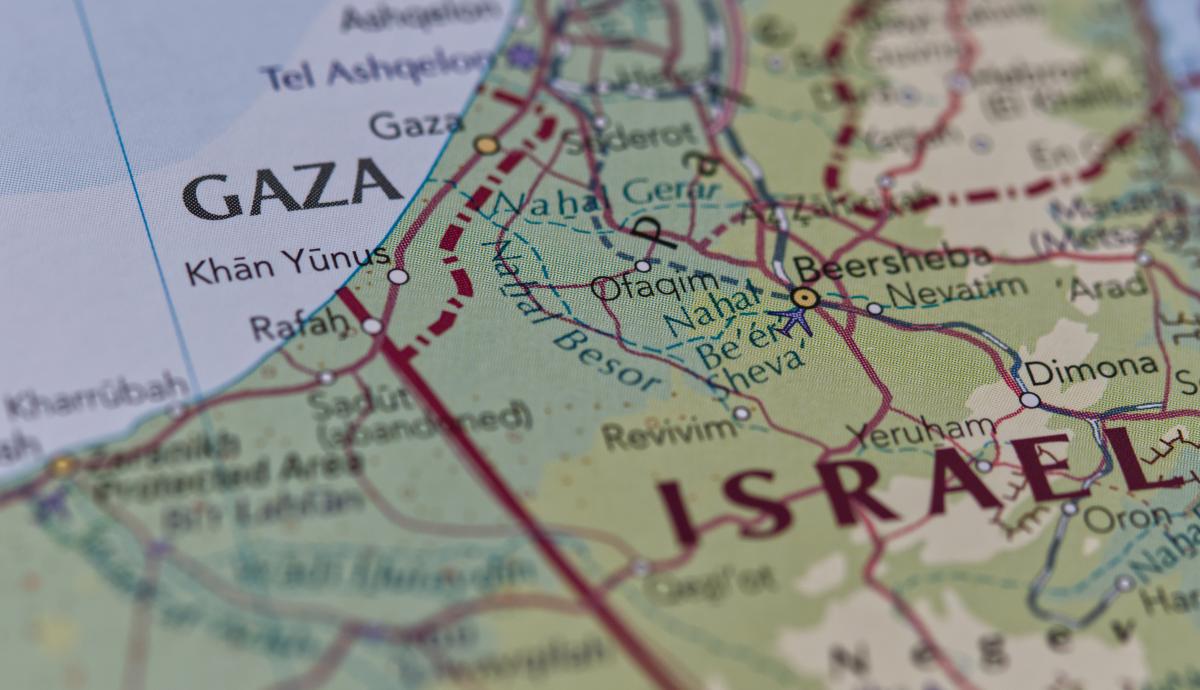War Over? Hamas Frees Hostages as Trump Declares ‘A Great Day for Israel! After more than two years of relentless bloodshed and human suffering, a rare and momentous breakthrough has arrived in the Middle East. Hamas has released the final group of surviving Israeli hostages, and a ceasefire between Israel and Hamas has taken effect — at least for now. The announcement has sparked cautious optimism around the world, offering a glimpse of hope that the long and devastating war might finally be easing. Yet, even amid the relief, the calm remains fragile and the challenges ahead immense.
Under a U.S.-brokered deal, Hamas handed over the last twenty Israeli hostages to Red Cross representatives in Gaza, including both survivors and the remains of several who had perished during captivity. In return, Israel released a number of Palestinian prisoners as part of the agreement. The exchange came after months of painstaking negotiation and pressure from multiple international actors, with the United States playing a central role in shaping the final terms.
Speaking aboard Air Force One on his way to Israel, former U.S. President Donald Trump declared that “the war is over,” calling the agreement a “historic dawn of a new Middle East.” He described the deal as not merely a truce but the foundation for what he hopes could become a lasting peace plan — one that redefines relations between Israel, Gaza, and neighboring Arab nations.
Trump, never one to shy away from grand statements, also took the opportunity to praise Israeli Prime Minister Benjamin Netanyahu, hailing his “strong leadership through an incredibly difficult time.” On arrival in Tel Aviv, Trump embraced Netanyahu, calling it “a great day — maybe your best day.” Netanyahu, visibly emotional, thanked Trump, his son-in-law Jared Kushner, and senior advisors who had worked behind the scenes to push the negotiations forward. The Israeli leader called the event “historic,” noting that the release of the hostages fulfilled one of Israel’s most urgent war aims.
Netanyahu also acknowledged the American role in facilitating the process. “This would not have happened without the tireless mediation of the United States,” he said. “We have achieved something that once seemed impossible — the safe return of our people.”
The ceasefire agreement includes a mutual halt to attacks, expanded humanitarian access to Gaza, and an initial framework for future political dialogue. However, Israeli defense officials have been careful to emphasize that this is not a full end to military operations. They maintain that limited operations may continue against Hamas infrastructure if the group is found to be violating the truce or concealing weapon stockpiles.
For Gaza, the deal brings an overdue pause in violence but also exposes the staggering cost of the conflict. Months of bombardment have left the territory in ruins. Thousands of civilians are displaced, hospitals are overwhelmed, and essential services have collapsed. Aid organizations have begun entering Gaza under the new ceasefire, but rebuilding the territory — physically and emotionally — could take years.
The agreement is viewed as only the first phase of a broader plan. Beyond the immediate release of hostages and prisoners, the U.S.-led proposal reportedly envisions the gradual disarmament of Hamas and the creation of a new governing body in Gaza. Whether Hamas will agree to those terms remains uncertain. Early statements from the group suggest it is open to further dialogue but unwilling to relinquish full control or abandon its armed wing entirely.
In Israel, the emotional impact of the hostages’ return cannot be overstated. For months, families have campaigned tirelessly for their loved ones’ release. The images of hostages reuniting with their families have flooded Israeli television screens, offering a rare sense of unity and relief in a country deeply scarred by years of conflict and political division.
Internationally, the deal is being hailed as a diplomatic victory — but also a test. Can the United States, under Trump’s renewed influence, turn this moment into a durable peace framework? Observers note that while the agreement may signal a temporary lull in fighting, it does not yet address the root causes of the conflict: displacement, political grievances, and mutual distrust.
For Hamas, the prisoner release is seen as a symbolic gain, but the organization faces growing isolation and internal pressure. Gaza’s population, weary of war and deprivation, is demanding tangible improvements — not just political slogans. For Israel, Netanyahu now faces the complex task of balancing relief at home with caution abroad. Many in his coalition still view Hamas as an existential threat that must be dismantled, not negotiated with.
Trump’s personal involvement in the deal adds another layer of political intrigue. His open admiration for Netanyahu and his willingness to take credit for the agreement have drawn both praise and criticism. Supporters see him as the dealmaker who finally brought an end to one of the world’s most intractable wars. Critics argue that his approach could still unravel if deeper political and humanitarian issues remain unaddressed.
Still, for a moment, the scenes of celebration in Tel Aviv and the tears of joy in Gaza’s hospitals tell a story that transcends politics. People on both sides are exhausted — yearning for stability, for normalcy, for a life beyond fear. “It’s a great day,” Trump said on the tarmac. Netanyahu echoed, “It’s a historic day.”
But peace is never as simple as a handshake or a signature. Whether this fragile ceasefire becomes a turning point or just another pause in an endless cycle of war depends on what follows — on trust, accountability, and a willingness to confront the truths both sides have long avoided. For now, at least, the guns are silent, the hostages are home, and the war — however briefly — has stopped.
From Rice Paddies to Golden Temples: Ancient Thailand Revealed | Maya


